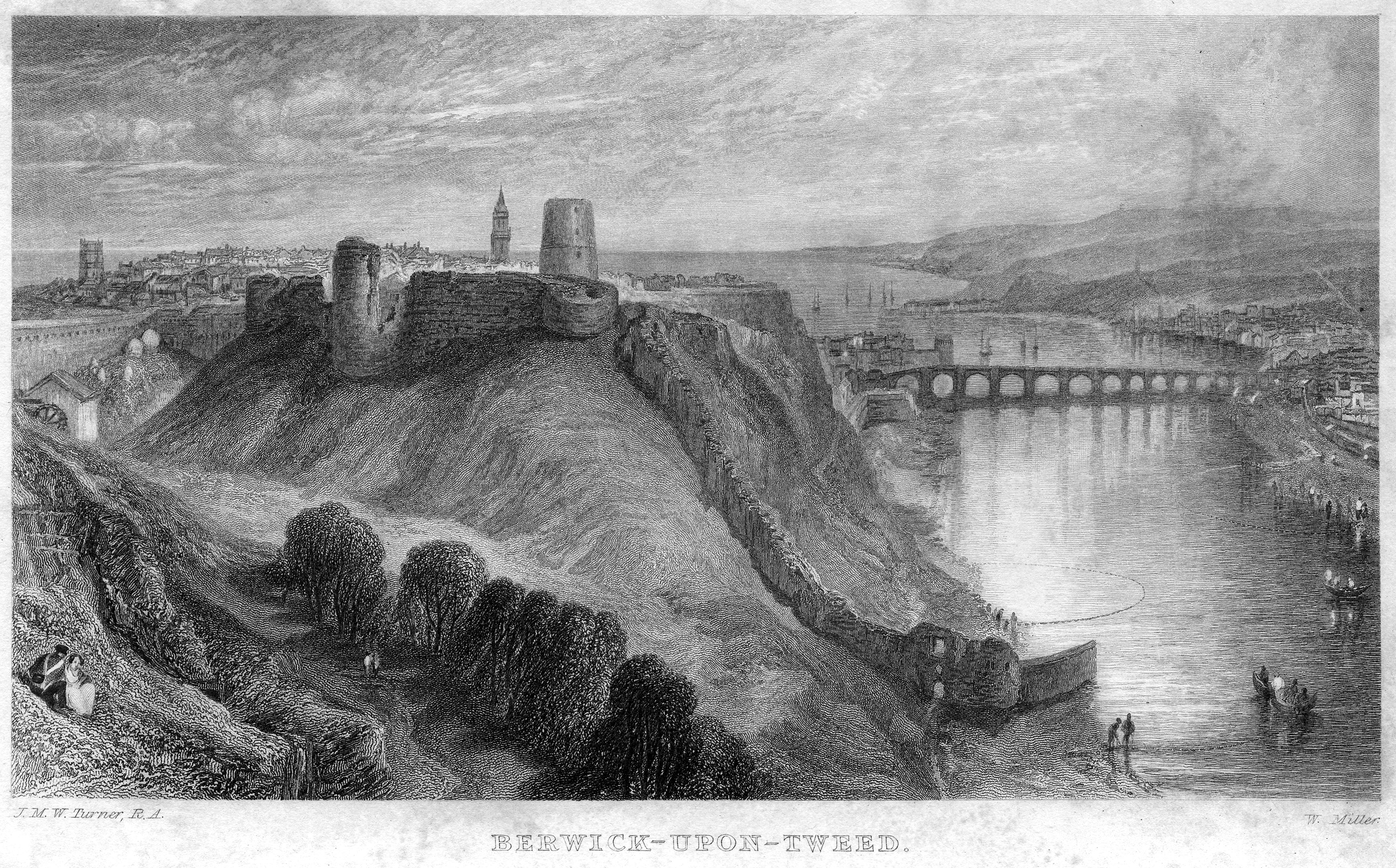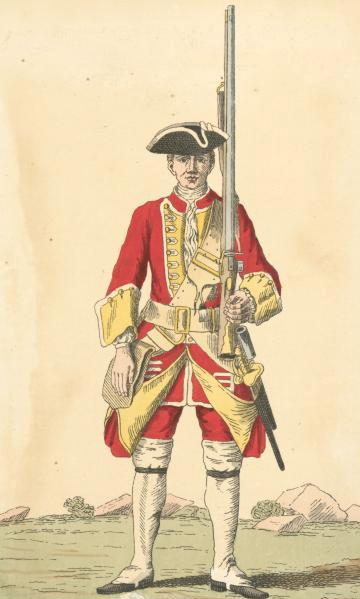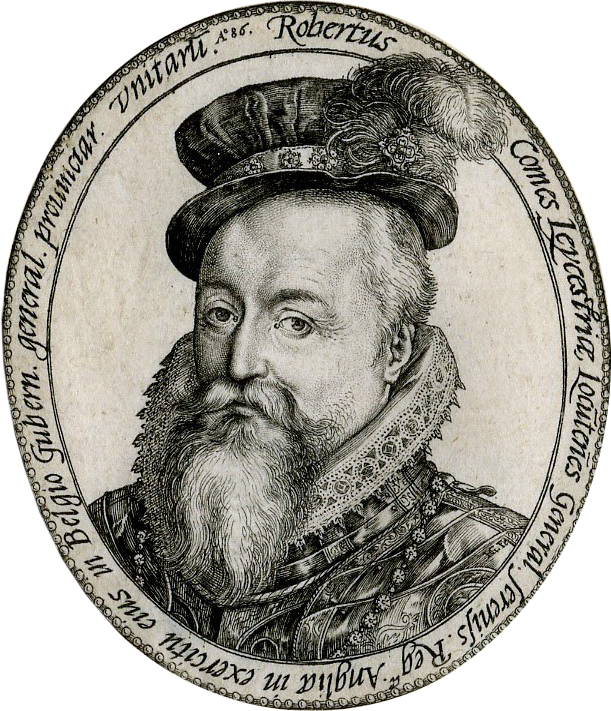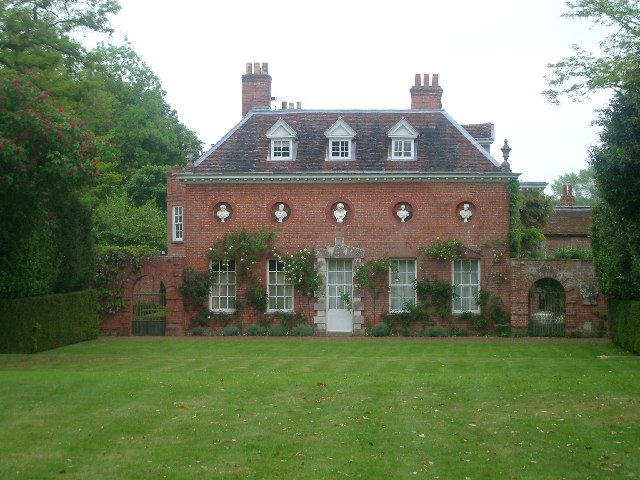|
Roger Handasyd
Lieutenant General Roger Handasyd, also spelt Handaside, (11 March 1689 – 4 January 1763) was an English military officer and Member of Parliament for different seats between 1722 and 1754. Often cited as one of the longest serving officers in British military history, in reality he saw little active service. First commissioned in 1694 at the age of five, he was too young for the 1689-1697 Nine Years War and spent most of the 1701 to 1713 War of the Spanish Succession on garrison duties in Jamaica. Appointed colonel of the 22nd Foot in 1712, he transferred to the 16th Foot in 1730, a post he retained until his death in 1763. Described by a contemporary as a 'bitter Whig', he entered Parliament in 1722 for Huntingdon, a seat he held until 1741. At the outbreak of the Jacobite rising of 1745, he briefly succeeded Sir John Cope after the Battle of Prestonpans as Commander-in-chief, Scotland. In early November, he entered Edinburgh unopposed and was replaced by Henry Hawley in ... [...More Info...] [...Related Items...] OR: [Wikipedia] [Google] [Baidu] |
Lieutenant-General
Lieutenant general (Lt Gen, LTG and similar) is a three-star military rank (NATO code OF-8) used in many countries. The rank traces its origins to the Middle Ages, where the title of lieutenant general was held by the second-in-command on the battlefield, who was normally subordinate to a captain general. In modern armies, lieutenant general normally ranks immediately below general and above major general; it is equivalent to the navy rank of vice admiral, and in air forces with a separate rank structure, it is equivalent to air marshal. A lieutenant general commands an army corps, made up of typically three army divisions, and consisting of around 60 000 to 70 000 soldiers (U.S.). The seeming incongruity that a lieutenant general outranks a major general (whereas a major outranks a lieutenant) is due to the derivation of major general from sergeant major general, which was a rank subordinate to lieutenant general (as a lieutenant outranks a sergeant major). In contra ... [...More Info...] [...Related Items...] OR: [Wikipedia] [Google] [Baidu] |
Jacobite Rising Of 1745
The Jacobite rising of 1745, also known as the Forty-five Rebellion or simply the '45 ( gd, Bliadhna Theàrlaich, , ), was an attempt by Charles Edward Stuart to regain the British throne for his father, James Francis Edward Stuart. It took place during the War of the Austrian Succession, when the bulk of the British Army was fighting in mainland Europe, and proved to be the last in a series of revolts that began in 1689, with major outbreaks in 1708, 1715 and 1719. Charles launched the rebellion on 19 August 1745 at Glenfinnan in the Scottish Highlands, capturing Edinburgh and winning the Battle of Prestonpans in September. At a council in October, the Scots agreed to invade England after Charles assured them of substantial support from English Jacobites and a simultaneous French landing in Southern England. On that basis, the Jacobite army entered England in early November, reaching Derby on 4 December, where they decided to turn back. Similar discussions had taken ... [...More Info...] [...Related Items...] OR: [Wikipedia] [Google] [Baidu] |
28th (North Gloucestershire) Regiment Of Foot
The 28th (North Gloucestershire) Regiment of Foot was a line infantry regiment of the British Army, raised in 1694. Under the Childers Reforms it amalgamated with the 61st (South Gloucestershire) Regiment of Foot to form the Gloucestershire Regiment in 1881. History Early years The regiment was first raised by Colonel Sir John Gibson, who had served as the Lieutenant-Governor of Portsmouth, as Sir John Gibson's Regiment of Foot on 16 February 1694. It was posted to Newfoundland to protect the colony there, losing many of its men to the extreme cold. The regiment was disbanded in 1697, but reformed under the same colonel in 1702. Posted to the continent during the War of the Spanish Succession the regiment fought at the Battle of Elixheim in July 1705 and at Battle of Ramillies in May 1706. It was then sent to the Spain, losing over half its men at the Battle of Almansa in April 1707, and then took part in the capture of Vigo in October 1719 during the War of the Quadruple A ... [...More Info...] [...Related Items...] OR: [Wikipedia] [Google] [Baidu] |
Major
Major ( commandant in certain jurisdictions) is a military rank of commissioned officer status, with corresponding ranks existing in many military forces throughout the world. When used unhyphenated and in conjunction with no other indicators, major is one rank above captain, and one rank below lieutenant colonel. It is considered the most junior of the field officer ranks. Background Majors are typically assigned as specialised executive or operations officers for battalion-sized units of 300 to 1,200 soldiers while in some nations, like Germany, majors are often in command of a company. When used in hyphenated or combined fashion, the term can also imply seniority at other levels of rank, including ''general-major'' or ''major general'', denoting a low-level general officer, and '' sergeant major'', denoting the most senior non-commissioned officer (NCO) of a military unit. The term ''major'' can also be used with a hyphen to denote the leader of a military band su ... [...More Info...] [...Related Items...] OR: [Wikipedia] [Google] [Baidu] |
Scots Brigade
The Scots Brigade, also referred to as the Anglo-Dutch Brigade or the Anglo-Scots Brigade, was an infantry brigade of the Dutch States Army. First formed in 1586, by the late 17th century it usually comprised six infantry regiments, three recruited primarily from Scotland and three from England. It was finally dissolved in 1782 following the outbreak of the Fourth Anglo-Dutch War. Throughout the 16th and early part of the 17th centuries, units of foreign mercenaries were commonly used by all European powers. Domestic opposition to permanent armies as a result of the 1638-1651 Wars of the Three Kingdoms meant British monarchs used the Brigade to create a pool of trained officers, who could be called on when needed. However, in the early 18th century, increasing demand meant permission to recruit in Britain was restricted on a number of occasions and finally banned after 1757. After the end of the War of the Spanish Succession in 1714, the Brigade was reduced to three regiments an ... [...More Info...] [...Related Items...] OR: [Wikipedia] [Google] [Baidu] |
Elsdon, Northumberland
Elsdon is a village and civil parish in the English county of Northumberland about to the southwest of Rothbury. The name is derived from the Old English meaning ''Elli's valley''. Formerly the capital of Redesdale, Elsdon contains a very fine example of a Motte and Bailey Castle, and a near perfect Pele Tower (fortified house of a type found in the border country) which is a private residence. Geographically, Elsdon lies in Redesdale and, as a market town, was once the primary settlement in the area. History Elsdon has a grim reminder of the past in the gibbet that rears its gaunt outline on the hill known as Steng Cross. Strangely enough this gallows has no connection with the Border raiders, many of whom met their death "high on the gallows tree". The present gibbet stands on the site of one from which the body of William Winter was suspended in chains after he had been hanged at The Westgate in Newcastle. Today this grisly relic is called Winter's Gibbet. Pieces of t ... [...More Info...] [...Related Items...] OR: [Wikipedia] [Google] [Baidu] |
Henry Hawley
Henry Hawley (12 January 1685 – 24 March 1759) was a British army officer who served in the wars of the first half of the 18th century. He fought in a number of significant battles, including the Capture of Vigo in 1719, Dettingen, Fontenoy and Culloden. During the Jacobite rising of 1745, he was recalled to Britain and appointed commander in Scotland in December, replacing Sir John Cope. In January 1746, he was defeated at the Battle of Falkirk Muir, although it did not damage his career in the same way. The Duke of Cumberland took over and Hawley led the cavalry at Culloden in April, a victory that ended the Rising. Although a courageous and capable commander of cavalry, Hawley was also a strict disciplinarian, referred to by contemporaries as 'Hangman Hawley' or 'Lord Chief Justice.' While this referred to his disciplinary methods, there is evidence he bears some responsibility for the killing of Jacobite wounded after Culloden. He returned to Flanders in J ... [...More Info...] [...Related Items...] OR: [Wikipedia] [Google] [Baidu] |
Edinburgh
Edinburgh ( ; gd, Dùn Èideann ) is the capital city of Scotland and one of its 32 Council areas of Scotland, council areas. Historically part of the county of Midlothian (interchangeably Edinburghshire before 1921), it is located in Lothian on the southern shore of the Firth of Forth. Edinburgh is Scotland's List of towns and cities in Scotland by population, second-most populous city, after Glasgow, and the List of cities in the United Kingdom, seventh-most populous city in the United Kingdom. Recognised as the capital of Scotland since at least the 15th century, Edinburgh is the seat of the Scottish Government, the Scottish Parliament and the Courts of Scotland, highest courts in Scotland. The city's Holyrood Palace, Palace of Holyroodhouse is the official residence of the Monarchy of the United Kingdom, British monarchy in Scotland. The city has long been a centre of education, particularly in the fields of medicine, Scots law, Scottish law, literature, philosophy, the sc ... [...More Info...] [...Related Items...] OR: [Wikipedia] [Google] [Baidu] |
Battle Of Prestonpans
The Battle of Prestonpans, also known as the Battle of Gladsmuir, was fought on 21 September 1745, near Prestonpans, in East Lothian, the first significant engagement of the Jacobite rising of 1745. Jacobite forces, led by the Stuart exile Charles Edward Stuart, defeated a government army under Sir John Cope, whose inexperienced troops broke in the face of a Highland charge. The battle lasted less than thirty minutes, was a huge boost to Jacobite morale and established the revolt as a serious threat to the British government. Background The War of the Austrian Succession meant that by early 1745, the bulk of British forces were committed in Flanders. Encouraged by French victory at Fontenoy in April 1745, Charles Edward Stuart sailed for Scotland in July, hoping to take advantage of the situation. When he landed at Eriskay in the Outer Hebrides on 23 July, most of those contacted advised him to return to France, but enough were eventually persuaded, notably Donald Ca ... [...More Info...] [...Related Items...] OR: [Wikipedia] [Google] [Baidu] |
John Cope (British Army Officer)
Sir John Cope (July 1688 – 28 July 1760) was a British soldier, and Whig Member of Parliament, representing three separate constituencies between 1722 and 1741. He is now chiefly remembered for his defeat at Prestonpans, the first significant battle of the Jacobite rising of 1745 and which was commemorated by the tune " Hey, Johnnie Cope, Are Ye Waking Yet?", which still features in modern Scottish folk music and bagpipe recitals. His military service included the wars of the Spanish and Austrian Successions. Like many of the senior officers present at Dettingen in 1743, victory resulted in promotion, and he was appointed military commander in Scotland shortly before the 1745 Rising. Although exonerated by a court-martial in 1746, Prestonpans ended his career as a field officer. In 1751, he was appointed governor of the Limerick garrison, and deputy to Viscount Molesworth, commander of the army in Ireland. He died in London on 28 July 1760. Biographical details ... [...More Info...] [...Related Items...] OR: [Wikipedia] [Google] [Baidu] |
Parliament Of Great Britain
The Parliament of Great Britain was formed in May 1707 following the ratification of the Acts of Union by both the Parliament of England and the Parliament of Scotland. The Acts ratified the treaty of Union which created a new unified Kingdom of Great Britain and created the parliament of Great Britain located in the former home of the English parliament in the Palace of Westminster, near the City of London. This lasted nearly a century, until the Acts of Union 1800 merged the separate British and Irish Parliaments into a single Parliament of the United Kingdom with effect from 1 January 1801. History Following the Treaty of Union in 1706, Acts of Union ratifying the Treaty were passed in both the Parliament of England and the Parliament of Scotland, which created a new Kingdom of Great Britain. The Acts paved the way for the enactment of the treaty of Union which created a new parliament, referred to as the 'Parliament of Great Britain', based in the home of the former ... [...More Info...] [...Related Items...] OR: [Wikipedia] [Google] [Baidu] |
Whig (British Political Party)
The Whigs were a political faction and then a political party in the Parliaments of Parliament of England, England, Parliament of Scotland, Scotland, Parliament of Ireland, Ireland, Parliament of Great Britain, Great Britain and the Parliament of the United Kingdom, United Kingdom. Between the 1680s and the 1850s, the Whigs contested power with their rivals, the Tories (British political party), Tories. The Whigs merged into the new Liberal Party (UK), Liberal Party with the Peelite, Peelites and Radicals (UK), Radicals in the 1850s, and other Whigs left the Liberal Party in 1886 to form the Liberal Unionist Party, which merged into the Liberals' rival, the modern day Conservative Party (UK), Conservative Party, in 1912. The Whigs began as a political faction that opposed absolute monarchy and Catholic Emancipation, supporting constitutional monarchism with a parliamentary system. They played a central role in the Glorious Revolution of 1688 and were the standing enemies of t ... [...More Info...] [...Related Items...] OR: [Wikipedia] [Google] [Baidu] |








